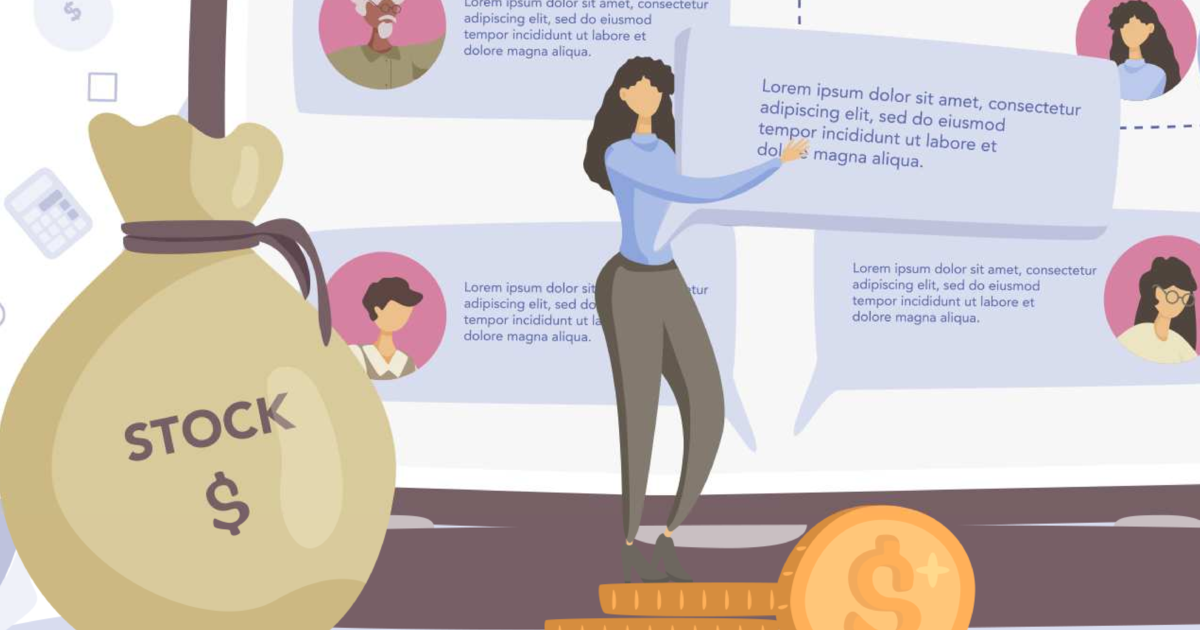What an interesting announcement. Congratulations to Talga for this achievement! To my knowledge, they are the first to announce a reasonable process to recycle Anode material to new Anode. And there is a good reason for that. Let me explain. Also, a disclaimer, this is my understanding and might be flawed. If its wrong, please point it out to me, I am eager to learn.
When batteries are made, the lithium is in the Cathode. When it is charged for the first time, the lithium ions travel through the electrolyte to the anode. At first contact, at the surface of the anode particles, the lithium, electrolyte and anode chemically react, which form the SEI layer, which eats some of the lithium. Its a chemical reaction at the surface. Thats why anode particles are shaped to a certain size. If they are too large, the lithium ions have a hard time entering to the inner part of the particles. If the particles are too small, the surface area is too large and the SEI layer takes up too much. So there is a carefully maintained balance. During operation of the batteries, the particles break and fracture. That increases the surface area of the particles, which increases the amount of SEI layer inside the anode. This reduces the battery capacity because it eats up lithium.
The breaking apart of particles and forming of new SEI is what ages the battery. To recycle, the particles would have to be mended. Thats impossible to do without expensive methods similar to forming new crystals using synthetic forming. (synthetic grows graphite crystals in a solution with intense heat and pressure). So no one could do it. Talga seems to have found a way to clean the SEI layer from the anode and with some magic either bond the graphite particles together, filter out too small particles, or grow new ones. Maybe forming meta particles that limit the surface area but allow free travel of ions without forming too much SEI. I dont know how they do it but there is some magic involved. Again, congratulations!
Now.. coming to the announcement. I read it today morning and 3 things stand out. And that is not as much as what is said in the announcement, but what is MISSING. 3 instances!
Multiple global scale battery manufacturers and potential commercial partners are conducting test work and qualification of Talnode ® -R and discussions are advancing regarding funding and site development in the USA, UK, Middle East and Asia.
Isnt it interesting that the one market that is missing is the EU? How is the EU missing here? This must be a signal to politicians. I dont know what went on behind closed doors, but leaving the EU out here is significant.
Results demonstrated the preservation of graphite crystallinity and interlayer spacing, energy density >350 mAh/g, surface area <2 m 2/g, purity in excess of 99.9%C and first cycle efficiency >95% and excellent cyclability, all of which are matching the characteristics of new synthetic anode.
Many numbers and thank you for providing them! However, the one metric that is maybe most important is cycle live. We have "exellent cyclability". Yeah, good. I think Talga is keeping the performance of their tech close to their chest. As they should be. And no serious player would belive the curve without testing anyway even if they were to publish it. In any case, its interesting that the cycle live curves are missing.
And the last part that is missing, maybe the most important one, is that there is no mention on how this method fairs economically to new graphite. Is Talnode-R at a similar price point as Synthetic with the same performance? Its the question that makes or breaks this method. If its not economically fiesible, there is no hope for it. It certainly READS like its fiesible, but is it? Thats why the market reaction is muted in my opinion. No one found an economically viable way to recycle Anode. Is this it? Is it not? Who knows? I hope it is, but as always with "breakthrough announcements" in battery tech, take everything with a grain of salt. Talga is no exception here. In this case, I believe the tech is there. Talga wouldnt lie. But is it economical? Who knows!? I dont trust this stuff unless and until there is hard evidence. Good luck us!

the-european.eu

evboosters.com

thestockexchange.com.au
